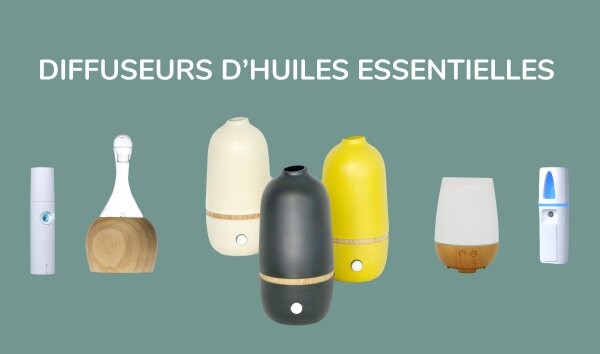Aromatherapy as seen by Christian Busser

Article from the conference on aromatherapy held by Christian Busser, founder of the Plantasanté school.
Christian Busser, Pharmacist, Ethnopharmacologist, Phytotherapist, Naturopath and founder of the Plantasanté School held a conference on January 18, 2014 at Café Santé Nature on the theme of aromatherapy. He takes stock of the ancestral use of essential oils and what it is today, in 2014. This article therefore takes up the points that we thought were essential, but you have the opportunity to find the full video of the conference on YouYube
The Origin of Essential Oils
The use of essential oils dates back to before 3,000 BC.C, a trace from which the first stills date back.
Plants such as cedar (to treat respiratory infections), juniper, cypress and myrtle were originally used by fumigation to release essential oils. A plant can be used in three ways: as a perfume, in gasoline or in essential oil (medicine).
Perfumes were used long before essential oils as medicines. The oldest perfumer is said to have lived around 1200 BC.C. During the 30-year War (1618-1648), a Swedish doctor used the "Swedish elixir", which happens to be a Roman formula created more than 2,000 years ago and which already had most of the current components.
This elixir had the advantage of treating most ailments and depending on the dosage of certain components, it acted on more precise points. This is the ancestor ofaromatherapy,because the product was very rich in camphor.
However, the camphor is in solid form, so it had to be dissolved in oil or alcohol. This product is the best known and most powerful antiviral.
Aromatherapy as we know it today was launched by François-Vincent Raspail (1794-1878) a fervent advocate of the use of camphor, by a former perfumer: René-Maurice Gattefossé (1881-1950) who coined the term aromatherapy by linking medicine to the use of essential oils. A military doctor also participated in the history ofaromatherapy,Dr. Valnet (1920-1995), who at the time was struck off the order of doctors, for using essential oils.
Finally Shirley Price was the first to classify the anti-bacterial and antiviral effects of essential oils for professionals.
The use of Essential Oils Today
Today, Christian Busser divides the use of essential oils according to 3 criteria:
- Aromatherapy for children uses hydrolat, which is a watery composition, less rich in principle volatile, non-toxic, easy to use and non-irritating even orally. However, this product is more difficult to store than essential oils (not beyond one year)
- Family or Chinese-style aromatherapy uses very tonic active ingredients that are used for everything. The use of essential oils in family aromatherapy can be done in the form of bath, massage, hydrotherapy or even by diffusion. Dr. Valnet's ancestral diffusion was made by a ceramic cup heated to about 45 degrees by a heating resistance. Aroflora offers this type of diffuser with the Stonelia.
- Professional aromatherapy reserved for competent people. Even when used by professionals, essential oils are always diluted before use.
What to know about Essential Oils
Contrary to popular belief, medicine using essential oils is more like hard medicine than alternative medicine. Indeed, despite being plants, the use of active ingredients is pure. In uncontrolled doses, essential oils can be toxic to the liver, kidneys, skin... Some essential oils may be more toxic than others, and are regulated in three types:
- 100 to 150 essential oils are currently over-the-counter, they must meet certain standards. This article will give you more information about certifications.
- Some essential oils are reserved for doctors and pharmacists because of their high toxicity.
- Some essential oils are reserved for liquorists, for example you will not be able to buy essential anise oil.
Finally, the speaker recommends the use of synergy,this product can reduce the doses of essential oils while multiplying their effectiveness. The conference concludes with exchanges with the public, and gives way to an opening on the subject of bach flowers. Watch the full video of the conference on YouYube





Comments
Leave your comment